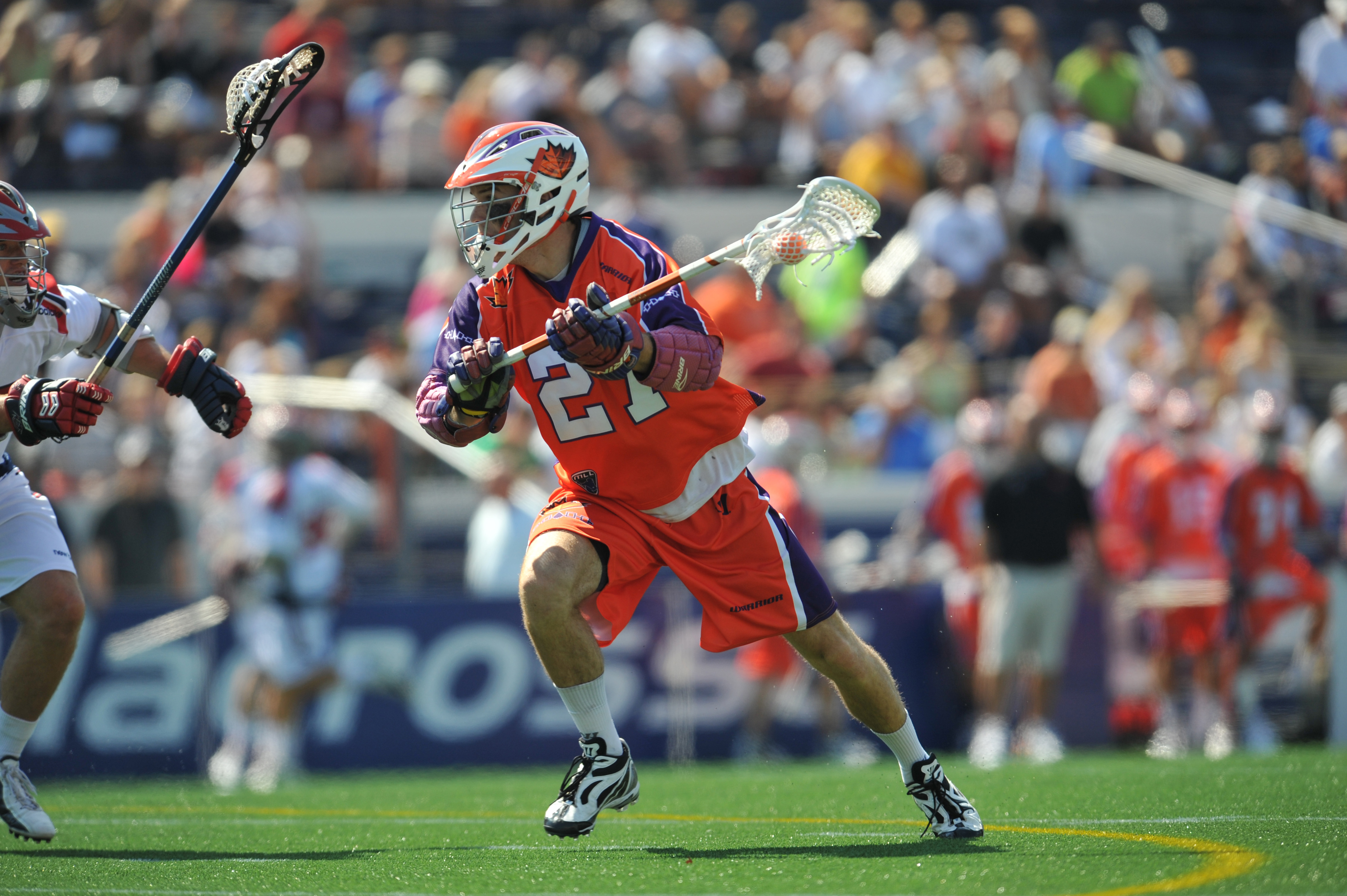How can defenders stop getting beat one-on-one in lacrosse. What are the key principles of effective on-ball defense. How to dictate the action and maintain topside position. What footwork techniques improve defensive performance.
The Fundamentals of On-Ball Defense in Lacrosse
On-ball defense is a crucial skill for any lacrosse player looking to excel on the defensive end. Solid individual defense forms the foundation of a strong team defense, reducing pressure on teammates and minimizing open scoring opportunities for opponents. Let’s explore the key principles and techniques that can elevate your on-ball defensive game.
Why is on-ball defense so important?
Effective on-ball defense prevents attackers from gaining advantageous positions, forcing them to make difficult passes or take low-percentage shots. This not only reduces scoring chances but also creates opportunities for turnovers and transitions to offense.
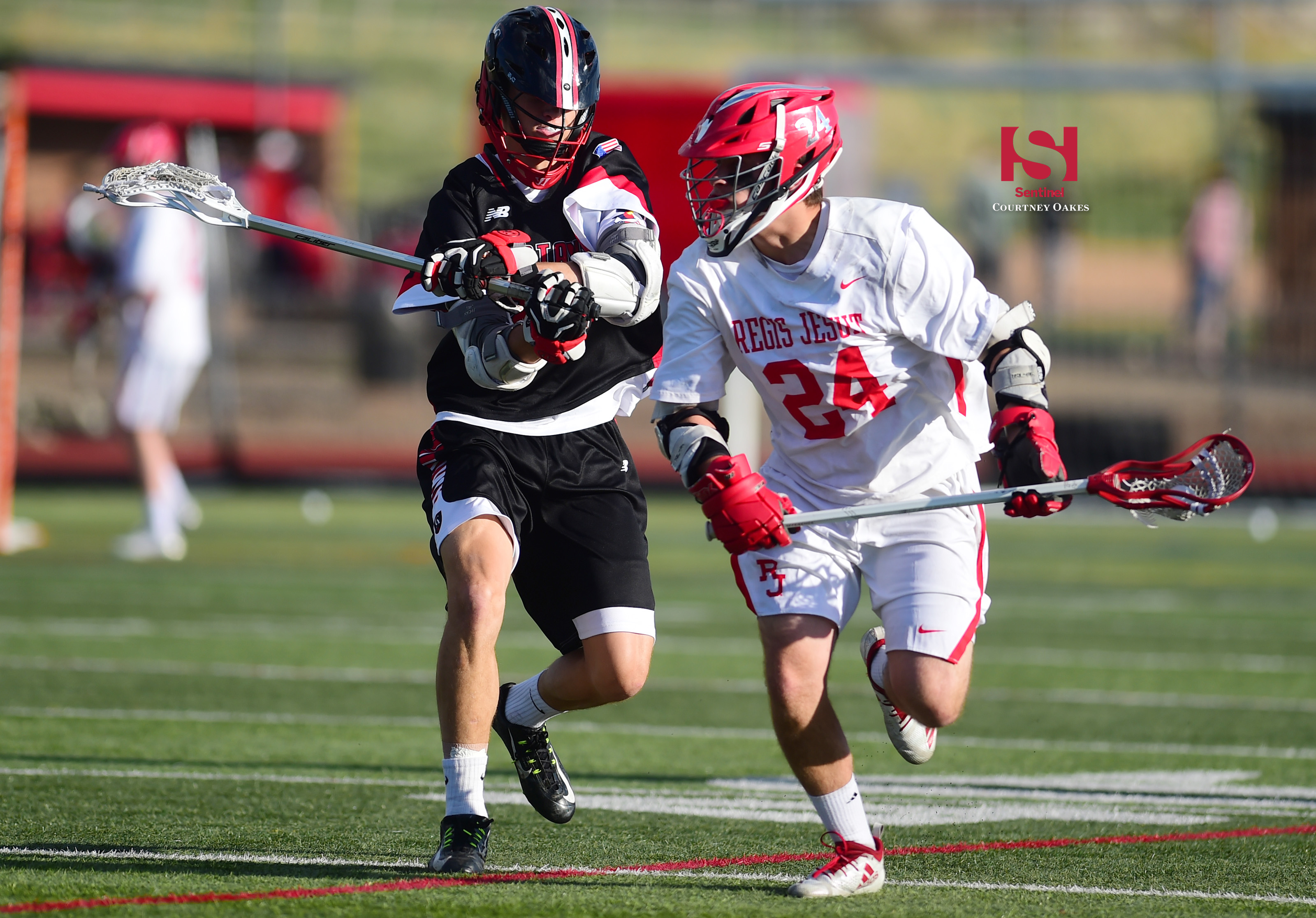
The Two Overarching Principles of On-Ball Defense
Before diving into specific techniques, it’s essential to understand two fundamental principles that guide all aspects of on-ball defense in lacrosse:
- You dictate the action, not the attacker
- Never get beat topside
Dictating the action: Taking control of your defensive zone
As a defender, you must approach each matchup with the mindset that you are in control. The attacker may have possession, but you determine where they can go and what options are available to them. By asserting your will and limiting their choices, you force attackers into uncomfortable situations and increase the likelihood of turnovers or poor offensive decisions.
The importance of maintaining topside position
Topside refers to the area between the attacker and the goal. By positioning yourself to prevent topside penetration, you force attackers away from high-percentage scoring areas and toward the sidelines or endlines. This limits their shooting angles and makes it easier for your teammates to provide support if needed.
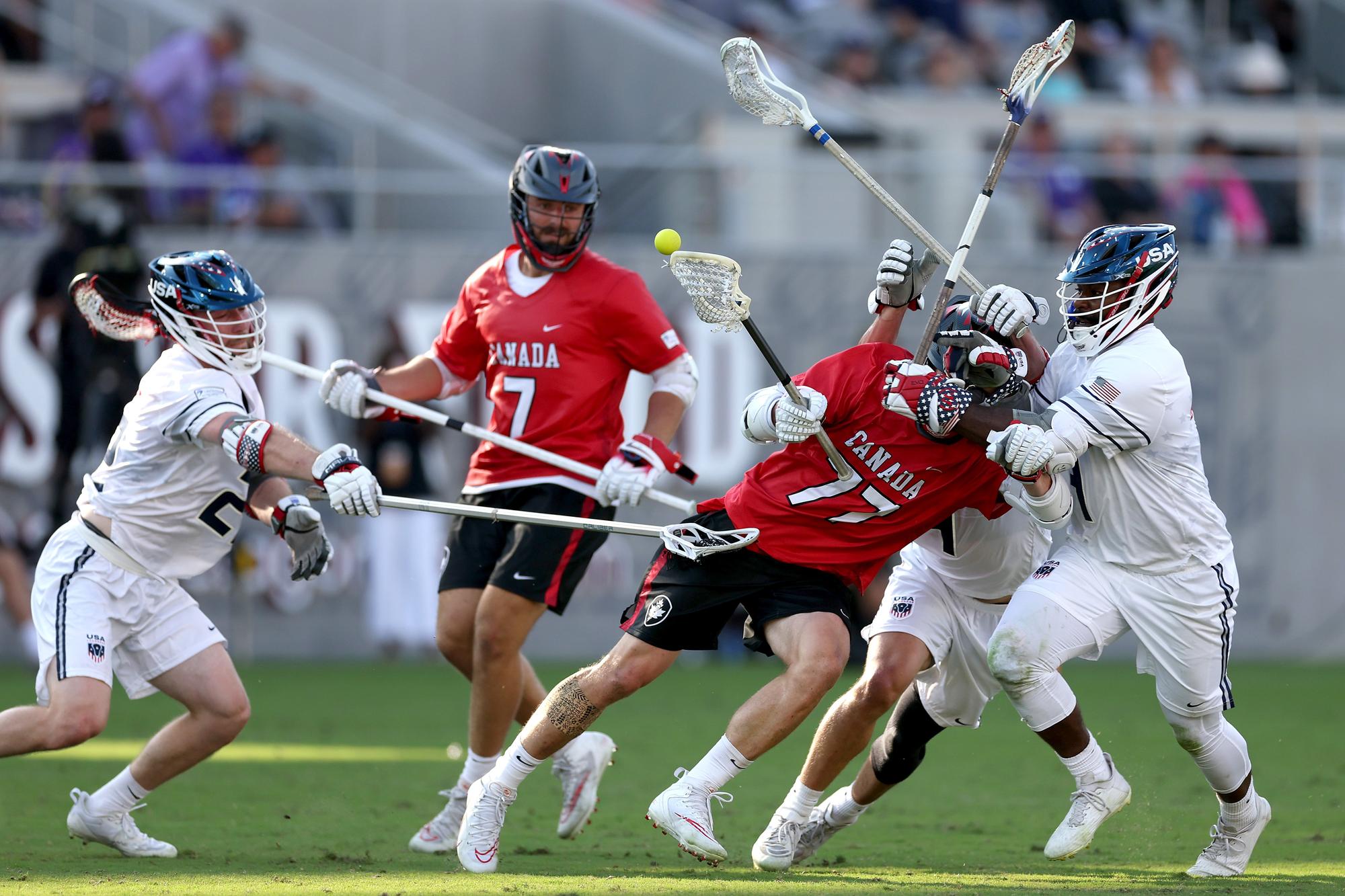
Three Keys to Solid On-Ball Defense
To consistently execute effective on-ball defense, focus on these three progressive techniques:
- Fly to your man when the ball is being passed
- Transition from big steps to little steps
- Dictate direction and pace
Flying to your man: Anticipation and aggression
Instead of waiting for an attacker to receive a pass before engaging, approach aggressively as soon as you see the ball in flight. This proactive stance allows you to establish proper defensive position before the attacker has a chance to survey the field and make decisions.
Footwork: The transition from big to little steps
Proper footwork is essential for maintaining balance and position. As you approach your man, use big steps to cover ground quickly. However, as you close in, transition to smaller, quicker jab steps. This change in footwork allows you to react more effectively to the attacker’s movements and maintain topside position.
Advanced Techniques for Dictating Direction and Pace
Once you’ve mastered the basics of approach and footwork, you can focus on controlling the attacker’s movements more precisely. By dictating direction and pace, you force the offense into less favorable positions and disrupt their rhythm.

How can defenders effectively channel attackers to the sideline?
To channel attackers toward the sideline, maintain a slight angle in your stance that encourages movement away from the middle of the field. Use your body positioning and quick lateral movements to cut off attempts to dodge back toward the center, forcing the attacker to continue along the perimeter.
Controlling the pace: Speeding up and slowing down the attacker
Dictating pace involves using your body positioning and footwork to influence the attacker’s speed. By pressing up close, you can force them to move more quickly than they’d like. Conversely, giving a slight cushion while maintaining topside position can entice them to slow down and become more deliberate, potentially disrupting the offense’s timing.
Common Mistakes to Avoid in On-Ball Defense
Even experienced defenders can fall into bad habits that compromise their effectiveness. Being aware of these common pitfalls can help you maintain consistent, high-level on-ball defense:

- Overcommitting to one direction
- Relying too heavily on stick checks
- Losing track of off-ball threats
- Failing to communicate with teammates
How can defenders avoid overcommitting to one direction?
To prevent overcommitment, focus on maintaining a balanced stance with your weight evenly distributed. Use quick, choppy steps rather than long strides when reacting to an attacker’s movements. This approach allows you to change direction rapidly and stay in front of your opponent.
Incorporating On-Ball Defense into Team Strategies
While individual defensive skills are crucial, they must be integrated into the broader team defensive scheme to be truly effective. Understanding how your on-ball defense impacts and is supported by your teammates is essential for overall defensive success.
How does strong on-ball defense benefit the entire defensive unit?
Effective on-ball defense reduces the need for slides and help defense, allowing teammates to stay home on their assignments. This makes it more difficult for the offense to create open looks through ball movement and off-ball cuts. Additionally, by forcing attackers into predictable patterns, on-ball defenders make it easier for their teammates to anticipate and intercept passes.
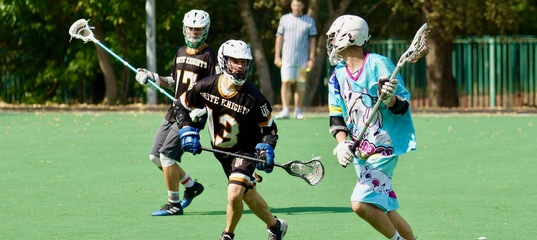
Coordinating with sliding defenders
Even with strong on-ball defense, there will be times when help is necessary. Communicate clearly with your teammates about when you need assistance and be prepared to recover quickly if you force the ball away. Practice transitioning smoothly between on-ball and help defense roles to maintain defensive integrity throughout possessions.
Drills to Improve On-Ball Defensive Skills
Consistent practice is key to developing and maintaining strong on-ball defensive skills. Incorporate these drills into your training regimen to hone your techniques:
- Mirror Drill: Work on mimicking an attacker’s movements to improve footwork and reaction time.
- Approach Drill: Practice flying to the ball and establishing proper defensive position.
- Channeling Drill: Focus on directing attackers toward the sideline or endline.
- Recovery Drill: Improve your ability to get back into position after being beaten initially.
The Extend and Recover Drill: Enhancing defensive agility
One effective drill for improving on-ball defense is the Extend and Recover Drill. This exercise focuses on defensive footwork, positioning, and the ability to recover after extending to challenge an attacker.

Set-up: Pair up defenders and attackers. The attacker starts with the ball at the top of the box, while the defender begins in a ready stance about 5 yards away.
Execution:
- The defender approaches the attacker aggressively, closing the gap.
- As the defender gets close, the attacker makes a quick move to either side.
- The defender extends to challenge the attacker, then quickly recovers to regain topside position.
- Repeat this process several times, with the attacker varying their moves and the defender focusing on maintaining proper positioning.
This drill helps defenders practice the transition from big to little steps, improve their ability to dictate direction, and develop the quick reactions necessary for effective on-ball defense.
Mental Aspects of On-Ball Defense
Physical skills are only part of the equation when it comes to excellent on-ball defense. The mental game plays a crucial role in consistently shutting down attackers and contributing to team success.
Developing a defensive mindset
Approach each defensive possession with intensity and focus. Embrace the challenge of shutting down your opponent and view every successful stop as a personal victory. Cultivate a mindset that values defensive contributions as highly as offensive highlights.
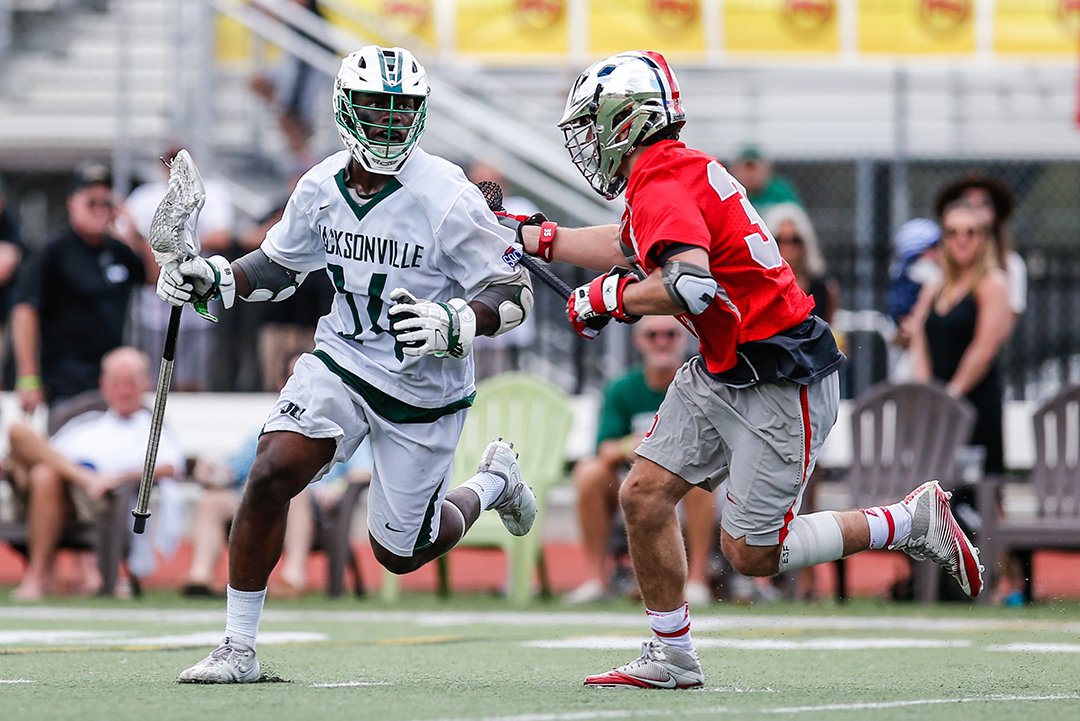
Staying composed under pressure
On-ball defenders often face high-pressure situations, especially when guarding skilled attackers. Develop techniques to maintain composure, such as controlled breathing and positive self-talk. Remember that even if you get beaten occasionally, your overall defensive effort and positioning will make a significant impact on the game.
How can defenders maintain focus throughout the game?
To maintain focus during long games or challenging matchups:
- Break the game down into smaller segments, focusing on one possession at a time.
- Use natural breaks in play to reset mentally and refocus on your defensive assignments.
- Communicate constantly with teammates to stay engaged and aware of the overall defensive strategy.
- Set small, achievable goals for each quarter or half to maintain motivation and concentration.
By combining physical skills with mental toughness and strategic awareness, lacrosse players can become formidable on-ball defenders. Remember that consistent practice and a commitment to continuous improvement are key to mastering these techniques and making a significant impact on the defensive end of the field.
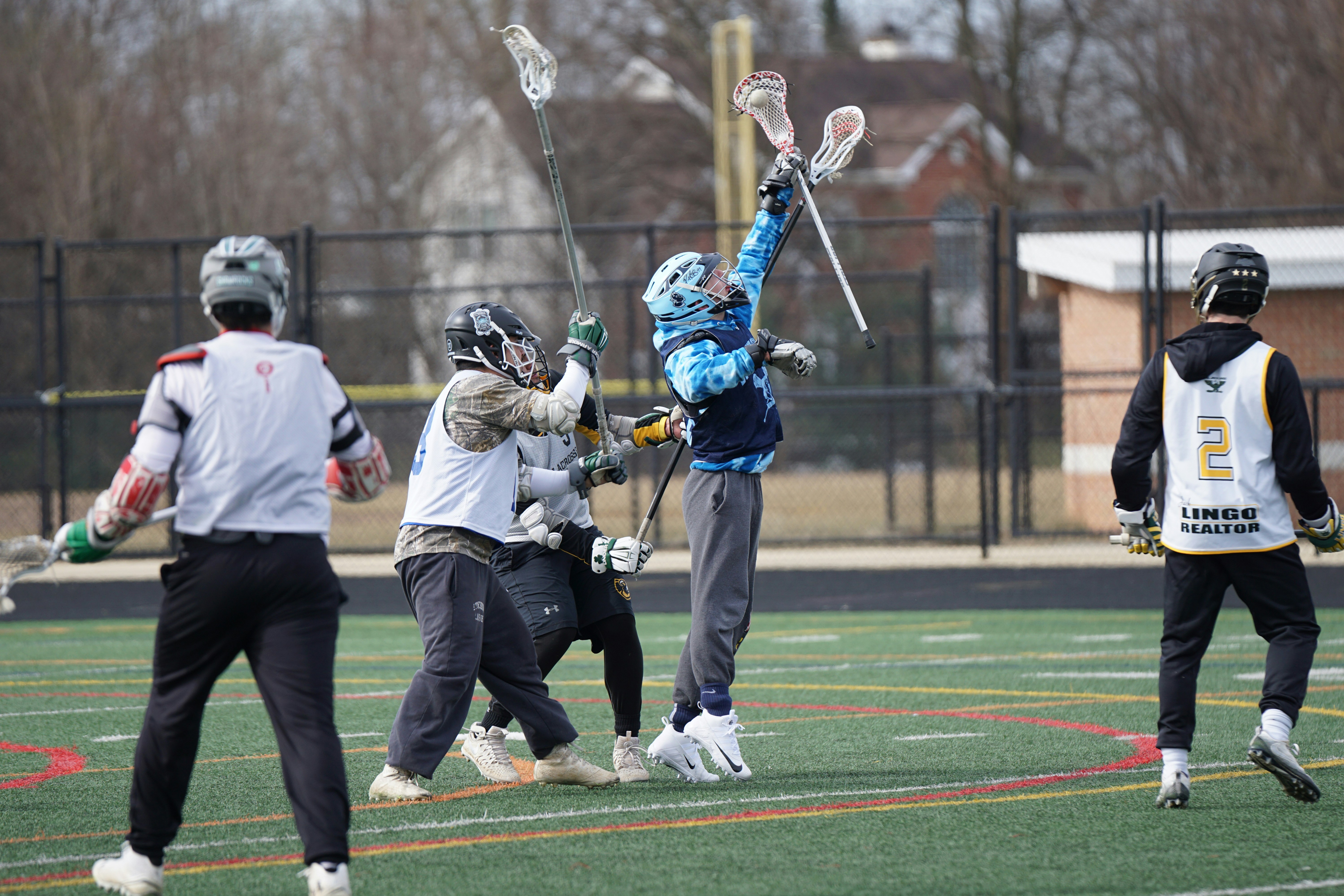
On Ball Defense – Cannons Lacrosse
Defense: On ball
Question: How can I stop getting beat one on one or “on-ball”?
Sealing off your man with solid on ball defense is a pillar of great team defense. If you are consistently getting beat by your man, there is extra pressure being put on the rest of the defense to slide and potentially get out of position on the other offensive players in the formation. This often will lead to open shots on goal. Before I get into specifics, there are two overarching principles that you need to get to be an effective on ball defender…
YOU DICTATE THE ACTION, NOT THE ATTACKER!
That dude is in your house, going after your goal and your goalie. He is literally trying to take food out of your mouth. In your house, you make the rules, not him. That means that you control him like he is your little puppet and you don’t ever let him make his own choices about what he is going to do in your house.
The second overarching rule:
NEVER, EVER GET BEAT TOPSIDE!
Imagine the lacrosse field is cut in half long ways, from your goal to the opponent’s goal. Topside is whatever side puts the defender toward the middle of the field…in front of the goal. If you are defending at the top left of goal, and you get beat topside, you let the attacker beat you to your right. If you are defending to the top right of the goal and you get beat topside, you let the attacker beat you to the left. You should always be forcing the action toward the sideline (or the end line if you are defending the bottom). Over-defending and getting topside position DICTATES that your defender will go the other way and not have a good look at the front of the goal.
There are three keys to solid on-ball defense that you can employ every time to help avoid getting beat. These progressively build on each other:
- Fly to your man when the ball is being passed to him, not after he catches the ball.

When you see that the ball is being passed to your man, approach him aggressively while the ball is in the air. I am not telling you to gamble and go for the ball all of the time…that is a sure way to get beat if you come up empty. What I mean is, anticipate that he is going to get the ball, and get into your good defensive position before he catches it. After your man catches the ball and looks forward, you, up in his grill, should be the first thing he sees. Giving him room, gives him options which is letting him decide. Remember, YOU make the rules not him. He is going to go where you want him to go not the other way around.
- Big Steps to Little Steps
If the brain is the most important part of the defenseman, his feet are a very close second. The best defensemen in the game play defense with their feet, not just their arms or the pole. By having good footwork, you will always be in the right position to use your body to DICTATE position.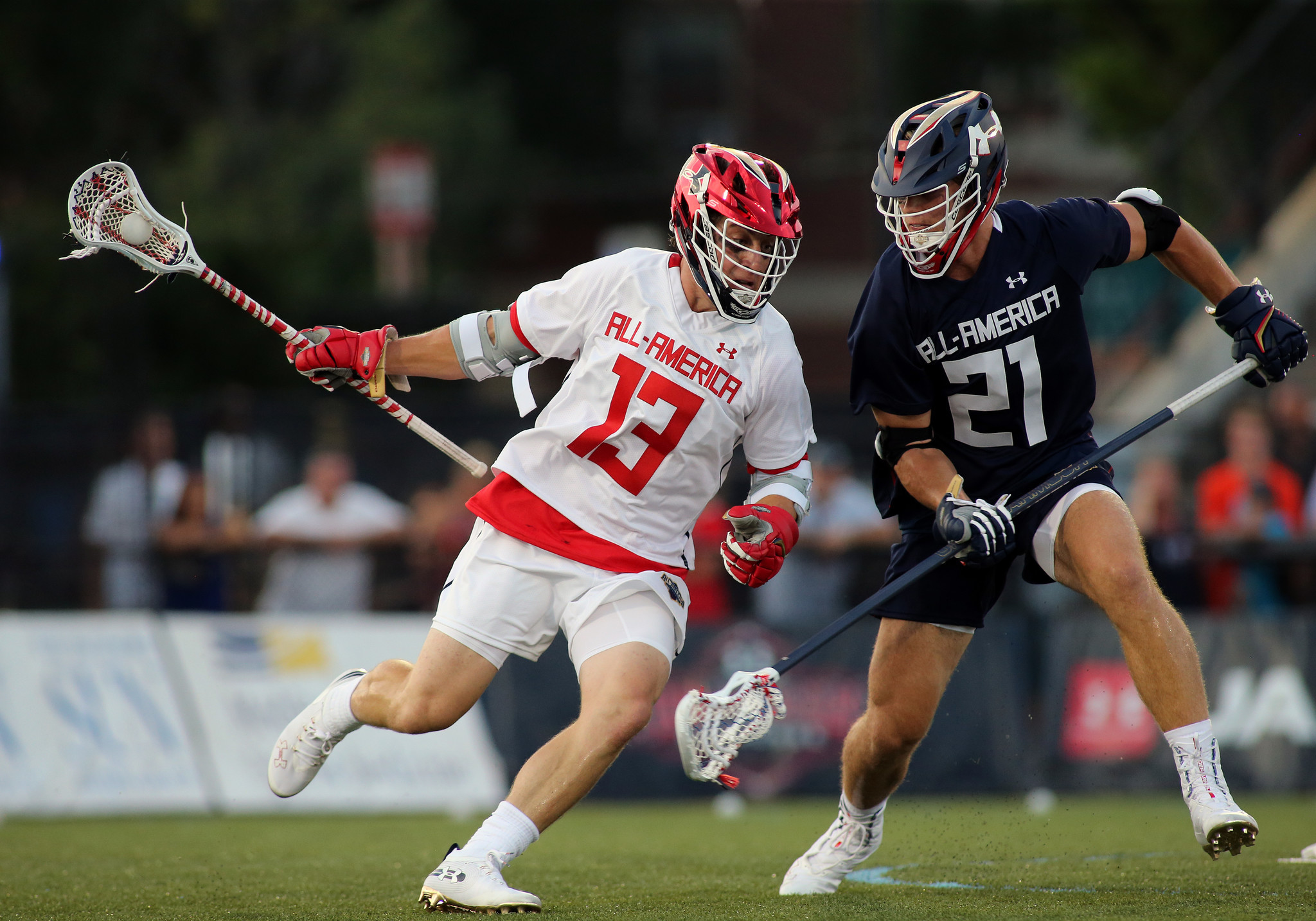
When you are flying to the ball you want to take big steps at first to get over to the defender quickly. However, as you get closer to your defender, when he catches the ball, your steps need to be smaller jab steps. Why? Again, you are dictating things, not him. By taking smaller jab steps, you are not overcommitting to any one direction. These smaller steps allow you to position your body to head off his topside moves. Remember, that dude is trying to get topside to square up a shot…but this is your house not his. So, big steps at first and smaller steps as you close in on your guy will ensure that you will maintain that topside position.
- DICTATE direction and pace!
I know I have said this before but it is the single most important concept to grasp when playing defense so it bears repeating. By following the first two steps you have now put yourself in the optimum position to do step 3.
In Step 1 you flew to the defender while the ball was in the air. While you were flying to the defender you used big to little steps (Step 2) to make sure you were in the best position. Now that you are there, you DICTATE direction and the pace (Step 3). By keeping good topside position, you force the attacker to the sideline or the end line. Your job is to get the ball back to your offense. Make your guy give the ball up…he’ll do that when he realizes that you are not going to give him a good shot on goal because YOU ARE DICTATING his position.
While you were flying to the defender you used big to little steps (Step 2) to make sure you were in the best position. Now that you are there, you DICTATE direction and the pace (Step 3). By keeping good topside position, you force the attacker to the sideline or the end line. Your job is to get the ball back to your offense. Make your guy give the ball up…he’ll do that when he realizes that you are not going to give him a good shot on goal because YOU ARE DICTATING his position.
Don’t worry, we will be going over all of these (and other) concepts in practice. If something in this article appears in Bold you will hear it often from me and the other coaches in practice. The better you grasp these concepts now, the crisper we can be in practice and ultimately in the games. See you on the field boys and…
GO CANNONS!
Lacrosse Tutorial: Extend and Recover Drill
Drill Specs
Drill Theme: Defensive Drills Field Position: Defense Drill Style: Skills, Conditioning
Time Needed: 10 Min Field Location: Half Field Skill Level: Intermediate
Objective:
To improve on ball & off ball defensive positioning, including approaching ball carrier & recovering to “hole‟ in good “help‟ position after a pass is made.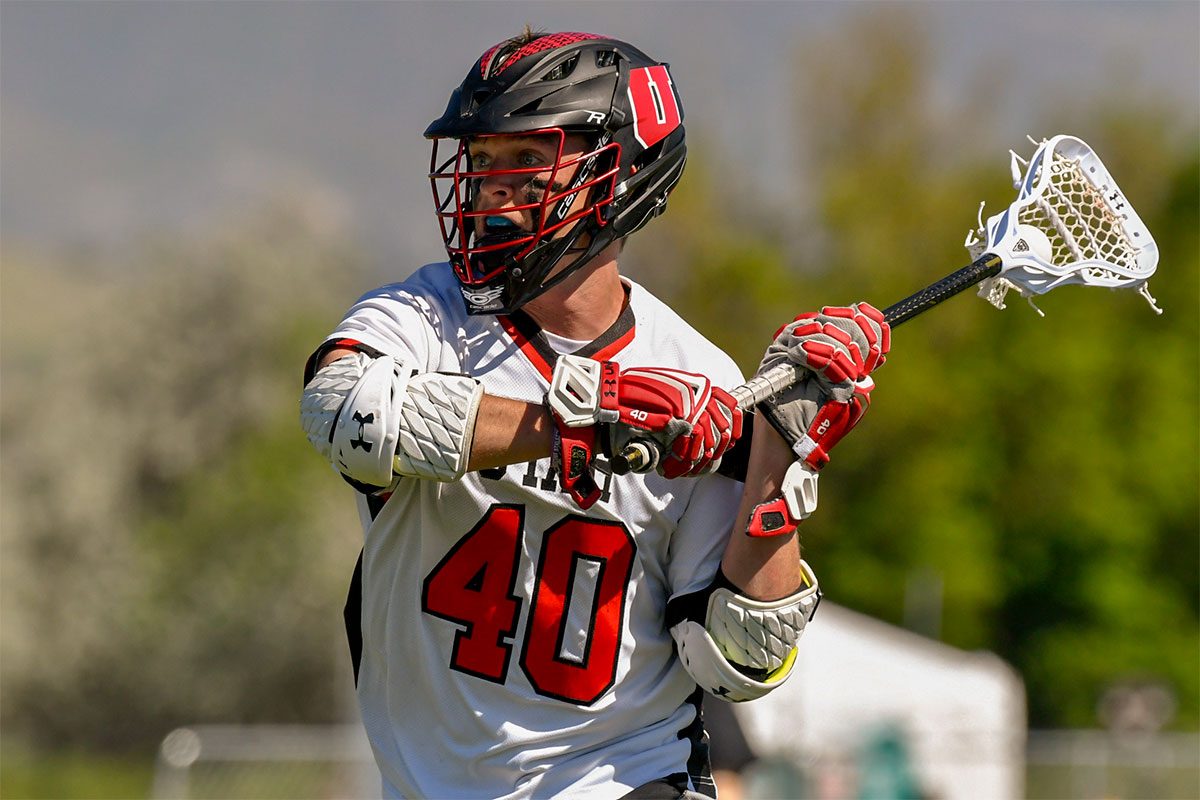
Drill Description:
Start as modified 2v2, with 2 offensive players moving the ball back & forth forcing the defensive players to move into correct position – when your player is receiving the ball you should ‘extend’ to ball, break down, and take away the top side. When your player passes the ball you should drop step, turn in the direction of the pass/ball, with your stick up & in passing land while quickly ‘recovering’ to a good “help‟ position in the hole. When playing off-ball you should maintain the “player-you-ball” triangle. D1 is playing ball carrier X1. When X1 passes to X2, D1 drop steps, turns toward ball and recovers to help position in the hole. D2 simultaneously extends to play X2 receiving the pass.
Skills Practiced:
· Off Ball Defense
· Defensive Positioning
· Defensive Footwork
· Conditioning
Variation:
This drill can be expanded to 4v4 where 4 defensive players are in constant motion moving to “on-ball‟ or “off-ball‟ positions as the ball is passed around perimeter.
Source: www.USLacrosse.com
x
Youth2’s Recruiting Counselors are on a mission to educate you on the recruiting process – one that’s very competitive and starts early. Let us provide guidance through the most important decisions that shape your athlete’s journey in sports.
Learn how to become a recruitable student-athlete, find out what colleges you match best with, and get the ability to message college coaches directly with a specialized recruiting package.
Don’t wait, schedule a time to speak with a Youth2 Recruiting Counselor. It’s FREE! Just fill out the following information and then select a date and time in the form below.
I’m a *
Parent
Student
Athlete Name *
Athlete Email *
Athlete Age *
Sport *
– Select -BaseballField HockeyFootballMens BasketballMens DivingMens GolfMens Ice HockeyMens LacrosseMens RowingMens SoccerMens SwimmingMens TennisMens TrackMens VolleyballMens Water PoloSoftballWomens BasketballWomens DivingWomens GolfWomens Ice HockeyWomens LacrosseWomens RowingWomens SoccerWomens SwimmingWomens TennisWomens TrackWomens VolleyballWomens Water PoloWrestling
Graduation Year *
– Select -20182019202020212022202320242025202620272028202920302031203220342035
Parent Name *
Parent Phone *
Parent Email *
Zip code *
State *
– Select -AlabamaAlaskaArizonaArkansasCaliforniaColoradoConnecticutDelawareDistrict Of ColumbiaFloridaGeorgiaHawaiiIdahoIllinoisIndianaIowaKansasKentuckyLouisianaMaineMarylandMassachusettsMichiganMinnesotaMississippiMissouriMontanaNebraskaNevadaNew HampshireNew JerseyNew MexicoNew YorkNorth CarolinaNorth DakotaOhioOklahomaOregonPennsylvaniaPuerto RicoRhode IslandSouth CarolinaSouth DakotaTennesseeTexasUtahVermontVirginiaWashingtonWest VirginiaWisconsinWyomingAlbertaBritish ColumbiaManitobaNew BrunswickNewfoundland and LabradorNova ScotiaOntarioPrince Edward IslandQuebecSaskatchewanNorthwest TerritoriesNunavutYuko
Yes, please have NCSA email me a FREE recruiting profile!
No thanks.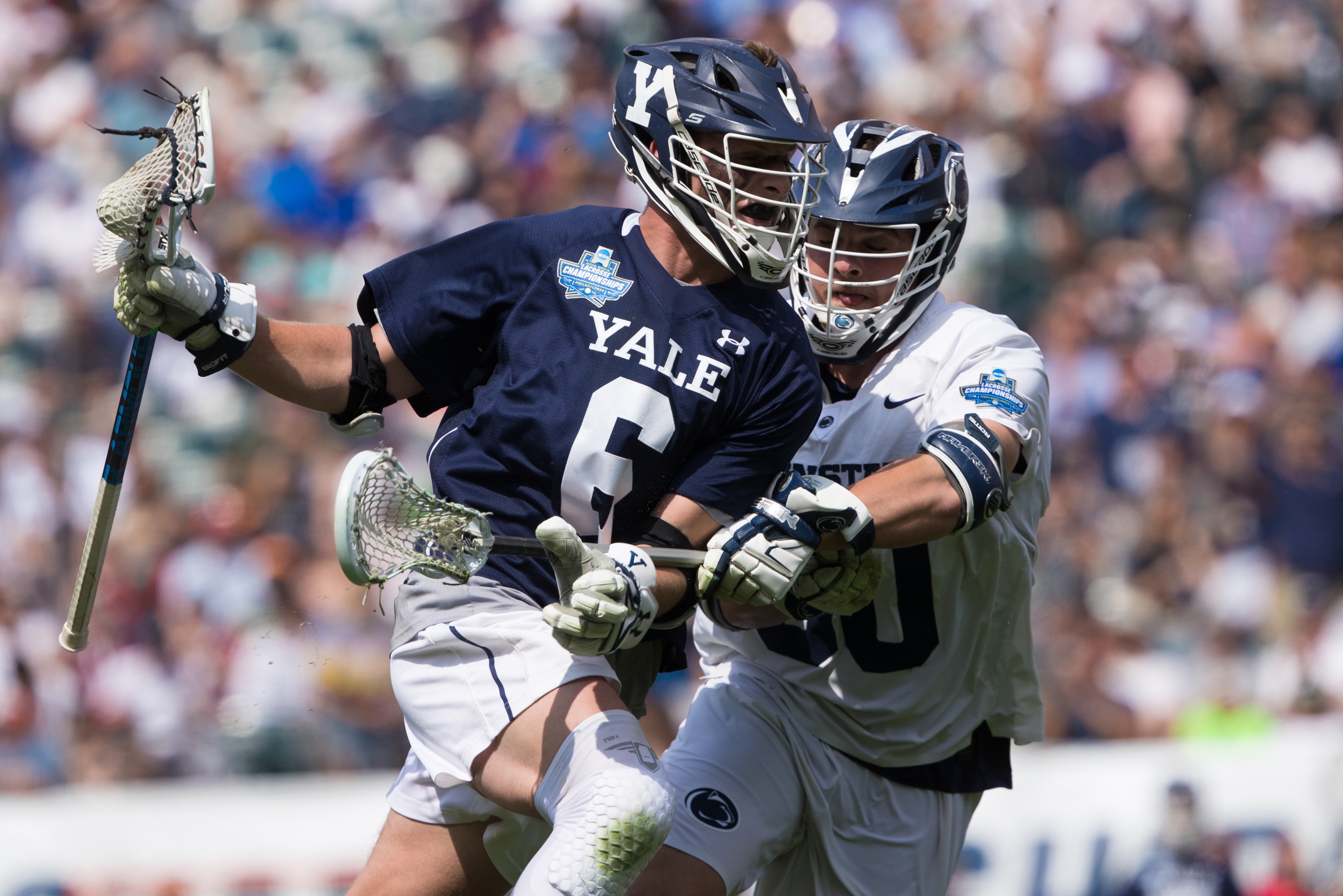
Opted in
What are you looking for help with?
Recruiting Help
Camp/Combine Information
Y1 Membership Benefits
CAPTCHA
This question is for testing whether or not you are a human visitor and to prevent automated spam submissions.
x
Get the latest Youth Lacrosse news
covering the latest events, top athletes, training and equipment tips, and more.
All
Baseball
Basketball
Football
Hockey
Lacrosse
Soccer
Softball
Tennis
Track
Volleyball
Wrestling
Other
Select sports of interest *
Email *
next page?
Roewe in Miass: 38 products: free shipping, 50% discount [link]
Affiliate programHelp
Miass
Catalog
Product Catalog
Clothes and shoes 90 003
Clothing and footwear
Building materials
Building materials
Textile and leather
Textile and leather
Health and beauty
Health and beauty
Children’s goods
Children’s goods
Food and drinks
Food and drink
Electrical
Electrical
Home and garden
Home and garden
Agriculture
Agriculture
Furniture and interior
Furniture and interior
Industry
Industry
All categories
LoginFavorites
Transition frame CARAV 22-741 | 10.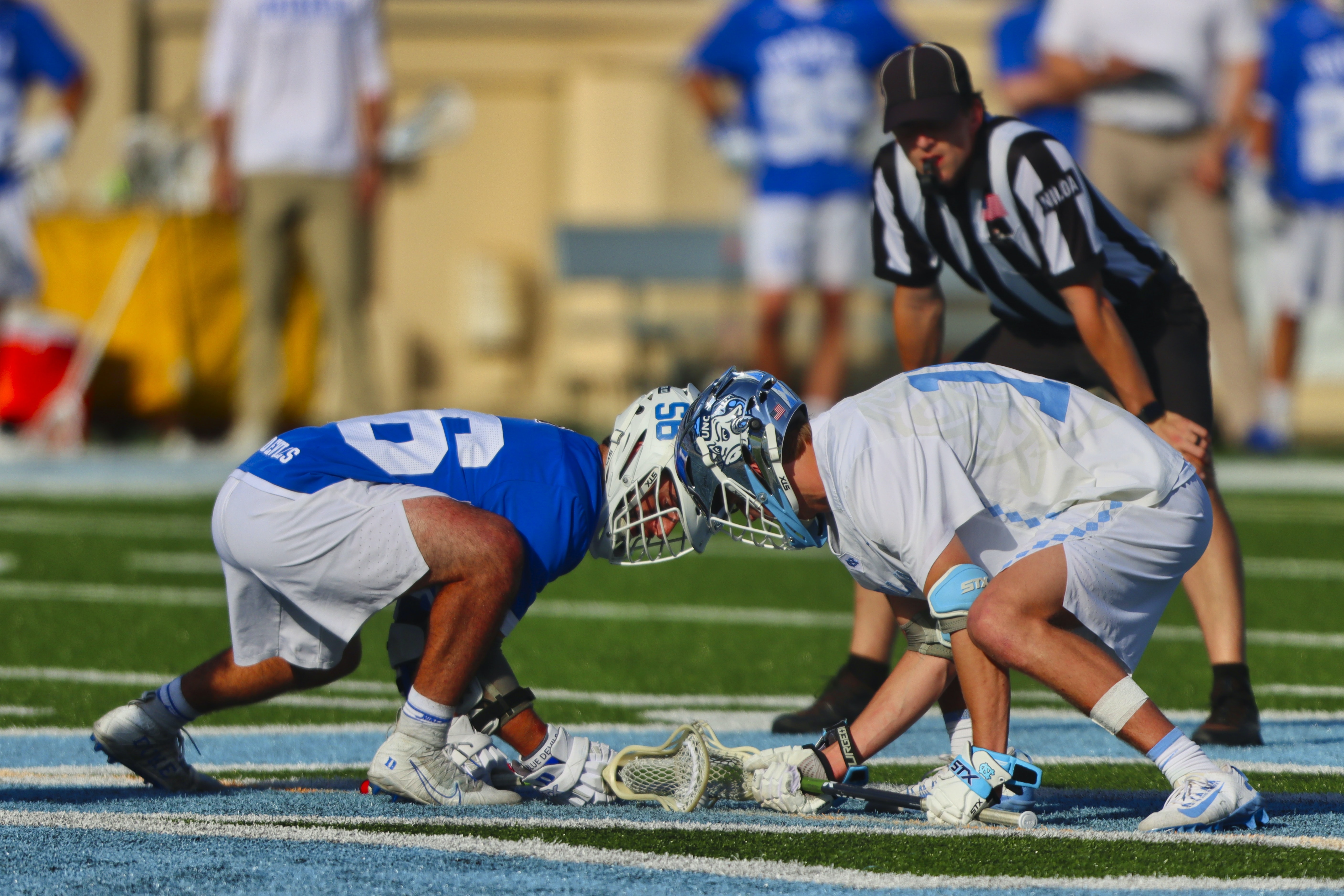 1″, ROEWE i5 (2018+) Type: Frame, Manufacturer: CARAV,
1″, ROEWE i5 (2018+) Type: Frame, Manufacturer: CARAV,
DETAILS
-33%
876
1313
Air filter for Buick Regal 1.6T2.02.4 LaCrosse 2.02.43.0 Chevrolet Malibu Roewe 950 5556 0894
DETAILS
Toothed belt/pulley kit for Chinese auto parts SAIC ROEWE 550 MG6 1.8T auto LHN100560 – art. LHN100560
READ MORE
For Roewe MG360 OEM ID46 433mhz Chip Flip Car Key 3 Buttons for Roewe MG5 MG7 MG GT GS 350 360 750 W5 Required worked blade
DETAILS
Adapter frame CARAV 22-889 | 10.1″, ROEWE 360 (2015+) Type: frame, Manufacturer: CARAV,
DETAILS
2 500 000
Roewe i6 MAX EV Gender: for girls, for boys, unisex, motor power: 8W RPF100060
DETAILS
(4pcs/set) pistons rings and pins for chinese saiq ROEWE 550 MG6 750 1.8T engine auto parts LFPS0010B/set (4pcs)
DETAILS 9 0003
-50%
2 137
4274
Suitable for Car Wiper 350 Roewe Series Boneless Wiper
DETAILS
1 Complete Engine Overhaul Kit Complete Gasket Kit for SAIC MG3 MG5 1. 5 L GT Roewe 350 Automobile Spare part for car engine repair – art. MT0000001
5 L GT Roewe 350 Automobile Spare part for car engine repair – art. MT0000001
DETAILS
Water pump assembly. PEB102510 car engine parts for Chinese SAIC ROEWE 550 MG6 1.8T
READ MORE
Toothed Belt/Pulley Kit for Chinese auto parts SAIC ROEWE 550 MG6 1.8T auto L HN100560 – art. LHN100560
READ MORE
rx8 car
(16pcs/set) intake valve/exhaust valves for chinese saiq ROEWE 350 MG3 MG5 1.5L engine car engine parts / set (16 pcs)
DETAILS
Radiators, left and right side, plastic water chamber for Chinese saik ROEWE 550 MG6 1.8T, auto parts
DETAILS
Transition frame for Roewe 750 (grey) (2008-2011) 2 DIN Type: frame, Size: 2 DIN
DETAILS
Transition frame CARAV 22-890 | 10.1″, ROEWE RX3 (2017+) Type: frame, Manufacturer: CARAV,
DETAILS
Timing belt/pulley kit for Chinese auto parts SAIC ROEWE 550 MG6 1.8T auto LHN100560 – art. LHN100560
DETAILS
Silent block Bh32153 Roewe E50/Nissan Elgrand Manufacturer: JIKIU, Vehicle type: passenger cars
DETAILS
Transition frame CAR AV 11-399 | 2 DIN, ROEWE 750 (2012-2016) Type: frame, Manufacturer: CARAV,
DETAILS
Front shock absorber, upper Rubber strut, mounting parts for Chinese sain ROEWE 75O MG7, auto parts for car 10002242
DETAILS
Transition frame for Roewe 550 (2008-2013) 1 DIN Type: frame, Size: 1 DIN
9 0011 DETAILS
Transition frame for Roewe 350 ( 2010-2015) 2 DIN Type: frame, Size: 2 DIN
DETAILS
Adapter frame for Roewe 750 (grey) (2012-2016) 2 DIN Type: frame, Size: 2 DIN
DETAILS E
Transitional frame CARAV 22-891 | 10.
